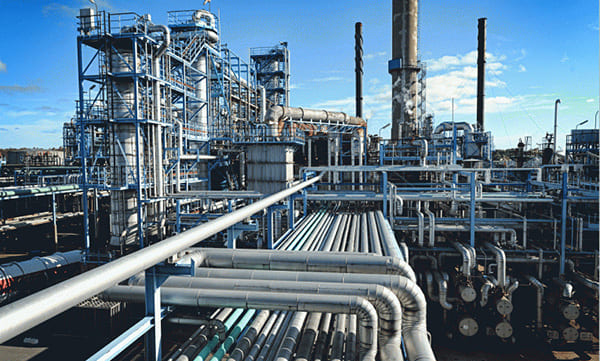The True Value of an Effective Maintenance Strategy—Lessons from 30 Years of Benchmarking
In any economic environment, Reliability and Maintenance (RAM) performance has a significant contribution to overall profitability, business success, and competitive advantage. The goal of any successful business strategy is to create long-term profitability, and consistently making a profit requires reliable assets and personnel. A reliability-focused strategy increases mechanical availability, reduces unplanned events, and reduces maintenance spend. RAM performance is the major differentiator for organizations to successfully and consistently meet their commitments.
The Financial Impact
According to Solomon’s International Study of Plant Reliability and Maintenance Effectiveness (RAM Study)—with data gathered over 30 years—maintenance strategy, which minimizes lost production with optimized maintenance costs, significantly impacts the overall financial value (refer to Figure 1). RAM Study data further shows the most unreliable performers, those that rank in the bottom quartile, spend four times more on
maintenance and still don’t get value from their work because their downtime is higher than the better performers. Those with a better strategy are able to minimize the “total” cost of maintenance (i.e., the sum of money spent and the value of lost production opportunities). This optimization delivers a gap between the best and the worst of approximately 7% of the plant replacement value (PRV) on average compared to poorer performers. The poorer performance translates into a financial impact that is equal to replacing the facility every 15 years. Many organizations don’t truly understand the impact of effectiveness and efficiency of their RAM strategy. They don’t know how good or poor they are, nor how they compare to their peers.

Figure 1. The Financial Value of Maintenance Strategy Optimization
The Downtime Impact
Sites with better maintenance strategies focus on the effectiveness of the work they do; as a result, they have much better mechanical availability. Higher RAM-performing organizations have more than 60% less downtime than poorer performers (refer to Figure 2). The turnaround scopes are carefully optimized, and only include work that is required to be performed during an outage. The turnarounds are both effective (performing the right work to the required specification) and efficient (doing the work right). The optimization results in better on-line reliability with smaller, faster, and less frequent turnarounds. Lower downtime with high availability allows companies to meet their customer needs, increases employee satisfaction, and increases margins.

Figure 2. Non-Turnaround Downtime
Work Hours and Safety Impact
Better RAM performers also spend approximately half the hours on corrective and proactive maintenance work compared to less effective RAM performers. Corrective work is based on reliability, and better reliability results in less corrective work, both emergency and routine. Better performers also optimize their proactive maintenance (refer to Figure 3). Poorer performers tend to spend more time on proactive maintenance, but the work they perform does not add optimal value.
Less overall work hours with better planning and schedule performance and fewer emergency work also lowers the potential for injuries.

Figure 3. Optimization of Maintenance
How Does Your RAM Performance Stack Up?
Thirty years of Solomon benchmarking data shows when a reliability-focused strategy is implemented, the entire organization improves from top to bottom for years to come. The data demonstrate that performance improvement is possible, but it takes competence, commitment, and time (refer to Figure 4). To improve, it is important to have a clear understanding of where you are, and where you could be. This understanding, together with a recognition of the financial incentive and an understanding of where to focus and what to do, enables significant overall business benefit.
This strategy will distinguish you from your competition, encourage brand loyalty, and promote continuous growth and long-term profitability. Benchmarking performance is

Figure 4. Performance Improvement
essential to identify how your performance compares to your peers and what improvements need to be made and start your journey to become an industry leader in RAM performance and RAM culture. Benchmarking can help you gain valuable insight into top industry performer’s achievements and is a key enabler in providing the visible incentive to improve, identification of focus areas, and information to support target setting. Regardless of your current performance, hidden opportunities can save you millions of dollars.
Subscribe to receive periodic emails based on your area(s) of interest: Refining, Chemicals, Upstream, Midstream, Power Generation, Reliability & Maintenance.

.jpg)





.jpg)

.jpg)
.jpg)
.jpg)
.jpg)


.jpg)
.jpg)